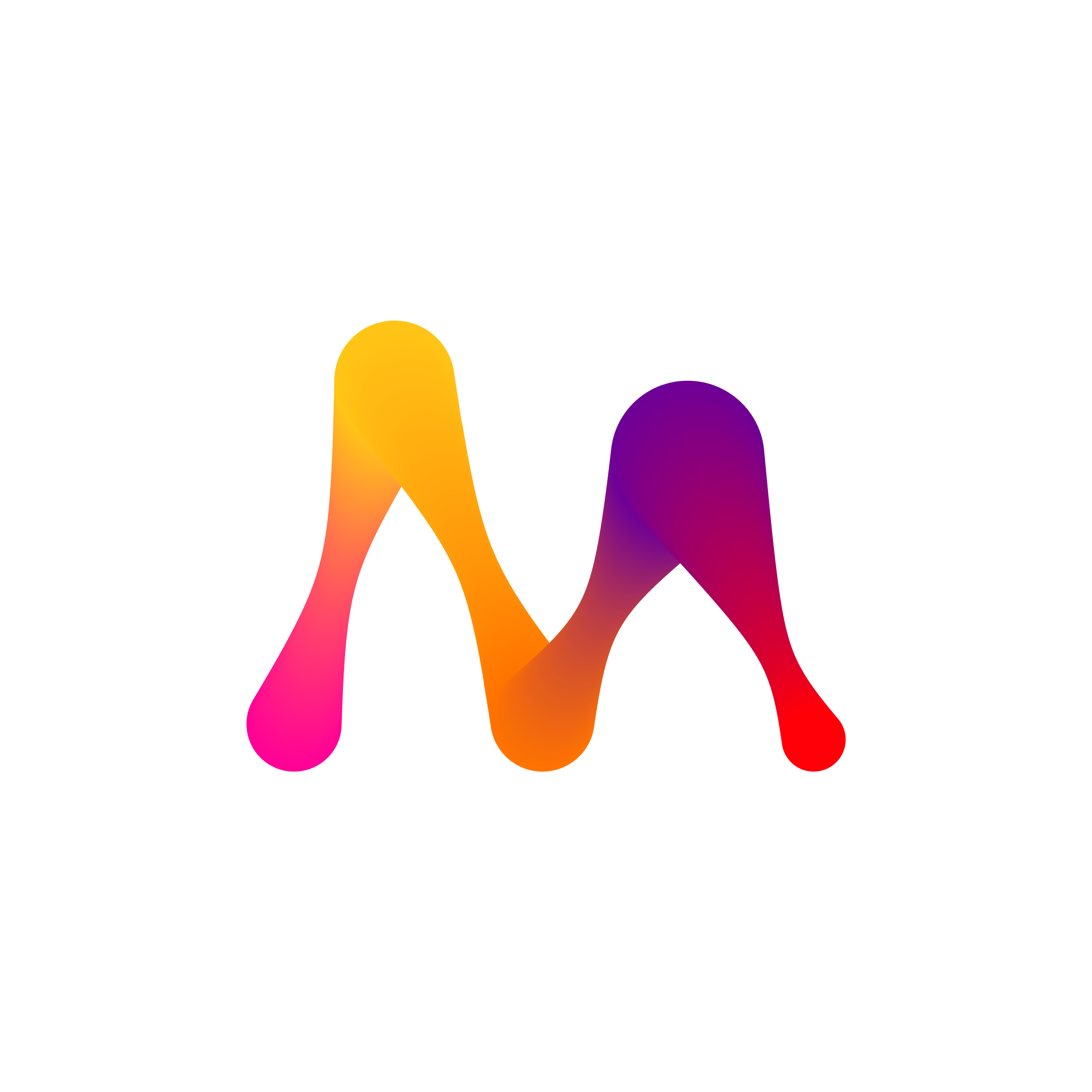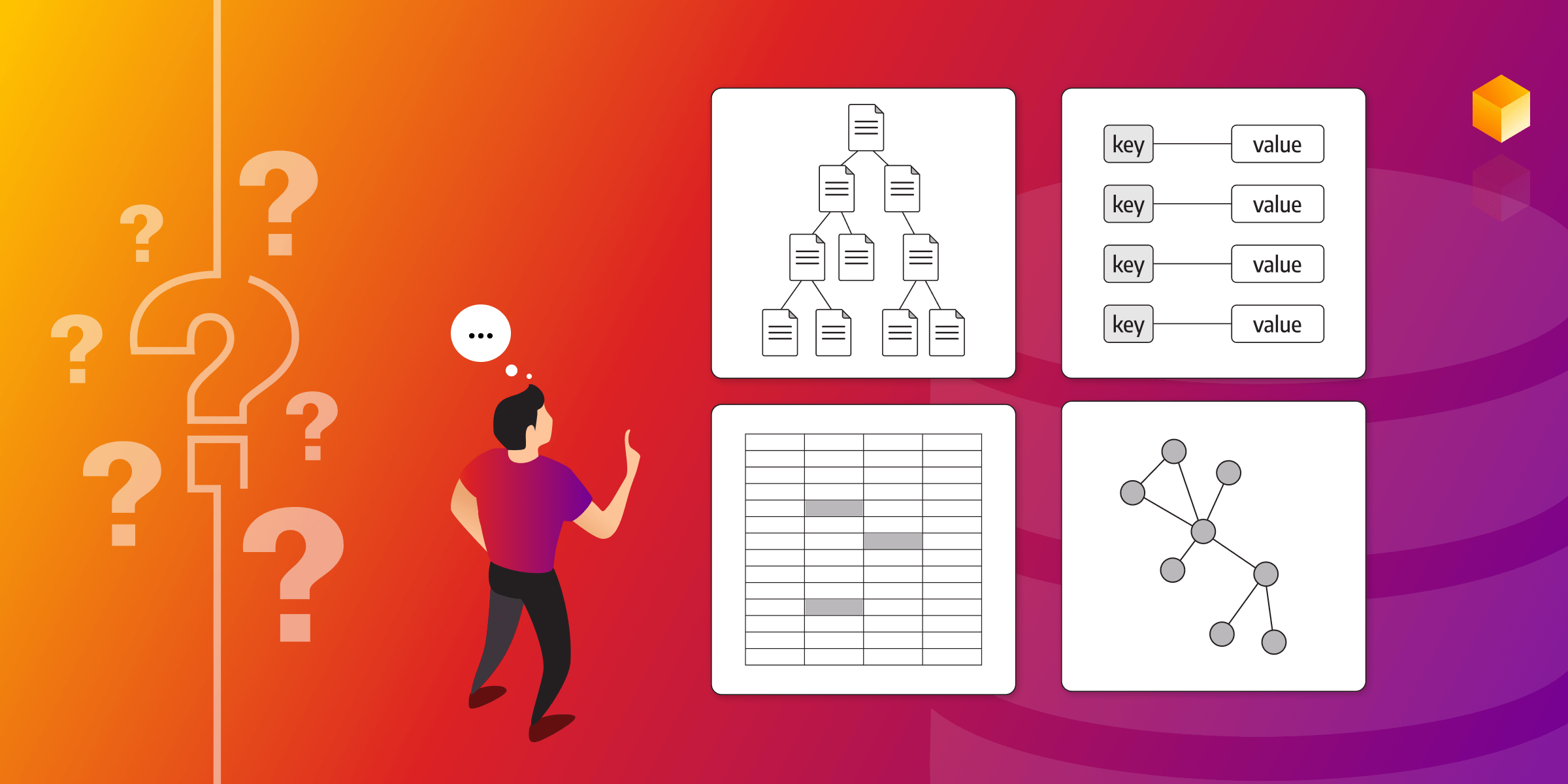When to Use a NoSQL Database
 Memgraph
Memgraph
How we manage and process data changes rapidly over the years, and staying on track with the newest technology trends is important. Traditional relational database management systems, such as MySQL, Oracle, and SQL Server, have always been the first choice to maintain data integrity and for fast querying, but with the rise of big data, NoSQL (Not Only SQL) databases emerged and became more popular due to their speed, flexibility, and scalability. Now, the question that pops up naturally is when is the right time to use a NoSQL database?
This blog post will explore NoSQL databases and how they differ from traditional databases. Besides, you will learn when and why to utilize NoSQL databases. Whether you’re a developer, data engineer, or decision maker, this blog post will provide insights into modern databases that will come in handy to boost your projects.
Understanding NoSQL databases
NoSQL databases are non-relational databases with flexible schema designed for high performance at a massive scale. Unlike traditional relational databases, which use tables and predefined schemas, NoSQL databases use a variety of data models. There are 4 main types of NoSQL databases - document, graph, key-value, and column-oriented databases. NoSQL databases generally are well-suited for unstructured data, large-scale applications, and agile development processes. The most popular examples of NoSQL databases are MongoDB (document), Memgraph (graph), Redis (key-value store) and Apache HBase (column-oriented).

These types of NoSQL databases store data in their own unique ways offering pros and cons, which are presented below:
Advantages
- Flexibility: If you’ve used an SQL database before, you are probably familiar with its strict schema. That can be a hassle with data rapidly changing. NoSQL databases, with their dynamic and flexible schemas, have a huge advantage in handling unstructured and semi-structured data, making an excellent choice for diverse data types.
- Scalability: Data volumes can grow exponentially, and scalability becomes crucial, especially with the rise of big data. Many NoSQL databases offer horizontal scalability, allowing you to add more servers to increase the capacity. On the other hand, SQL databases usually scale only vertically.
- Performance: Many NoSQL databases are optimized to deliver high performance, even when dealing with large data volumes or data streams.
Disadvantages
- Maturity: SQL (standing for Structured Query Language) databases have been popular in the database world for a long time, and because of that, they offer robustness, tools and community that NoSQL databases have not managed to match yet. That does not mean that NoSQL will not overtake over the years, just like it happens often with modern technologies.
- Complexity: The learning curve with NoSQL databases is steeper than with SQL databases, especially because there is no standard query language. This follows from the maturity and the fact that NoSQL databases are more complex to design, implement and manage. But, the results you gain by storing your data in a proper database might be worth it.
- ACID compliance: Opposite to NoSQL databases, many SQL databases are usually ACID-compliant. However, as an exception, Memgraph is a NoSQL graph database that is ACID compliant. If you’re unsure what that means for your application, you are invited to check out our recent blog on ACID transactions and isolation levels.
5 reasons to choose a NoSQL database
Based on the above-mentioned advantages and disadvantages of NoSQL databases, there are various scenarios where NoSQL databases are the optimal solution for your project. Let’s take a look at 5 scenarios where NoSQL databases are great:
1. Handling large volumes of data at scale seamlessly
NoSQL databases can handle large amounts of data by spreading it across multiple servers. Hence, the NoSQL database is a perfect solution if you have large amounts of growing data. You don’t have to worry that you don’t have enough resources to scale vertically; instead, you should design your database system properly to get the most insights from your data.

2. Working easily with unstructured or semi-structured data
Predefined schemas can be good sometimes, but if you’ve always found that a hassle for your unstructured or semi-structured data which is often changing, NoSQL databases are the correct approach. They are built with flexible data schema, which speeds up the development process and lowers the efforts on database management. Problems with data types like XML, JSON and others have become issues of the past with NoSQL databases.

3. Enabling rapid development
Again, because of the NoSQL flexibility, your data model can rapidly change, meaning you can update your application on the fly without schema updates. Nowadays, development is fast, and iterations are quick, so removing the task of updating schemas constantly saves you valuable time that can be spent on even faster development.
4. High read/write speed
If you’re working on applications that require real-time data processing, you might be stuck with traditional databases that don’t offer the required speed. NoSQL databases are optimized for high-speed read and write operations and are ideal for chat, IoT, gaming, fraud detection, and similar applications.
5. Managing complex relationships
Complex data relationships, such as parent-child or many-to-many relationships, arise in relational databases when data from different tables is related or somehow interconnected. Querying it requires hopping from one table to another and joining it with slow and resource-intensive join operations. A graph database is a type of NoSQL database that handles highly-connected data especially well and is a good choice for social networks, recommendation engines, fraud detection, or any application where you need to traverse through interconnected data points.

Concluding thoughts
If you still don’t know whether you need an NoSQL or a relational database management system, we prepared another article on that topic that may speed up your decision process. Keep in mind that it doesn’t always have to be a fight, SQL vs NoSQL, you can surely consider a hybrid approach and get the best out of both SQL and NoSQL databases. But if you did find that your use case fits the description above, then NoSQL is a database for you! We are always open to discussions on this and other topics in the database scene, so join the conversation on our Discord server to be a part of the community.
Subscribe to my newsletter
Read articles from Memgraph directly inside your inbox. Subscribe to the newsletter, and don't miss out.
Written by

Memgraph
Memgraph
Open Source Graph Database Built For Real-Time Streaming Data, Compatible With Neo4j.